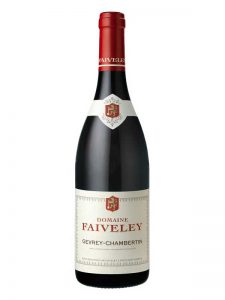The vineyards are planted on alluvial reddish clay that lies on terraced slopes of sun-scorched rounded quartz stones.
Winemaking: After destemming and crushing, the grapes are put into concrete vats for alcoholic fermentation. This lasts approximately 10 days and is followed by an 8 to 10 days maceration to complete the extraction. After devatting and pressing, malolactic fermentation is carried out in vats.
The wine is drawn off under aeration, to enable natural stabilisation of the components to take place. It then goes into 60 hectolitre oak tuns for a period of 8 to 14 months.
Tasting notes: The colour is a deep garnet red. To the nose, the “Haute Pierre” cuvée is characterised by strong spicy aromas, which show a rich, powerful body wrapped around with a more delicate yet tightly knit tannic framework. Rich and unctuous on the palate, the finish reveals some intense, liquorice like flavours.



